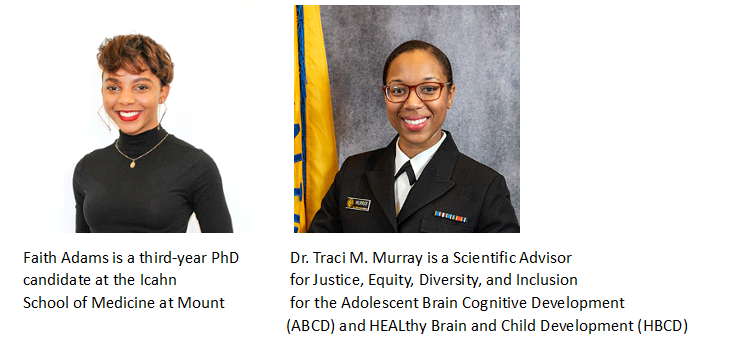Tom Valentino, Digital Managing Editor
05/16/2023
Despite making a similar number of visits to healthcare providers in the 6 months following an opioid-related event, White patients receive medication for opioid use disorder (OUD) up to 80% more frequently than Black patients and up to 25% more frequently than Hispanic patients, according to a recent study by researchers at Harvard T.H. Chan School of Public Health and Dartmouth College.
Findings from the study were published in the New England Journal of Medicine.
Researchers reviewed a random sample of Medicare fee-for-service beneficiaries with disability—a group of Americans who are among the most affected by OUD—who experienced at least 1 acute OUD-related event, such as overdose, infection, or detox admission, between 2016 and 2019. Among the Medicare claims reviewed, researchers identified 25,904 OUD-related events—15.2% of which occurred among Black patients, 8.1% among Hispanic patients, and 76.7% among White patients.
In the 6 months following OUD-related events, Black patients received and filled a prescription for buprenorphine 12.7% of the time. For Hispanic patients, the rate was 18.7%, and among White patients, the rate was 23.3%. Rates for naloxone, the opioid overdose reversal medication, were similar: 14.4% for Black patients, 20.7% for Hispanic patients, and 22.9% for White patients.
In a news release announcing the findings, study lead author Michael Barnett, associate professor of health policy and management at Harvard Chan School, noted that opioid overdoses have been rising more quickly among Black individuals than any other racial group, surpassing overdose rates in the White population for the first time in decades in 2021. Overdose rates in the Hispanic population are up 40% recently, he added.
“We need to understand barriers to obtaining life-saving addiction treatment for minority populations to address this huge demographic shift and public health crisis,” Barnett said in the release.
Prescriptions for opioid analgesics and benzodiazepines, meanwhile, were received and filled frequently. Regardless of race, prescriptions for opioid analgesics were received and filled 23% of the time after OUD-related events. Benzodiazepine prescriptions were received and filled by Black patients 23.4% of the time, 29.6% by Hispanic patients, and 37.1% by White patients.
“Skyrocketing rates of overdoses in minority groups are unlikely to shift without a major overhaul in the addiction treatment system,” Barnett said. “Addressing the overdose crisis and racial disparities in addiction will likely require community-specific interventions that engage with minority populations and the clinicians who serve them to reduce stigma and bolster trust.”
Reference
Substantial racial inequalities despite frequent health care contact found in treatment for opioid use disorder. News release. Harvard University T.H. Chan School of Public Health. May 10, 2023. Accessed May 16, 2023.































